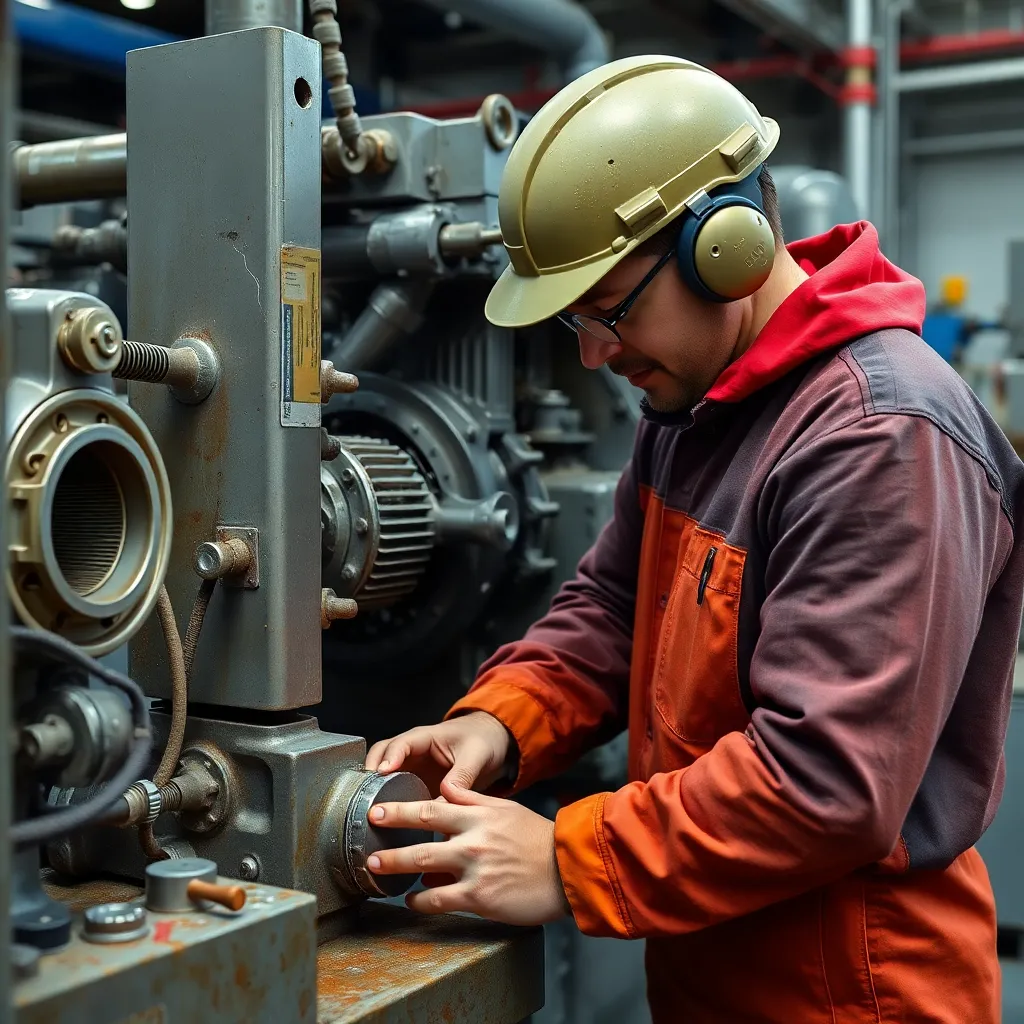Refurbish
Refurbishing involves restoring equipment or components to a good working condition by cleaning, repairing, and replacing necessary parts. Unlike rebuilding, refurbishing may not involve complete disassembly but focuses on aesthetic and functional restoration to extend the item's usability. Refurbishing can offer cost savings and environmental benefits by giving a new life to existing assets.

Key Takeaways
- Refurbishing is essential for restoring machinery and equipment to optimal condition.
- It helps prolong the lifespan of assets and reduces operational costs.
- Integrates closely with predictive maintenance and condition monitoring strategies.
- Misconceptions exist about refurbishing being only cosmetic; it involves substantial restoration.
- Best practices include proper assessments and skilled labor for effective results.
Refurbish refers to the process of renovating or restoring equipment, machinery, or facilities to bring them back to a satisfactory condition. This practice is crucial in the maintenance industry, as it extends the lifespan of assets and optimizes their performance. Refurbishing involves thorough cleaning, repairing damaged components, and upgrading outdated features to enhance functionality. This not only saves costs compared to purchasing new equipment but also minimizes downtime, making it an essential strategy for businesses seeking efficiency.
In the context of predictive maintenance, refurbishing plays a key role. Predictive maintenance focuses on predicting equipment failures before they happen, allowing for timely refurbishing actions that prevent costly breakdowns. Alongside predictive maintenance, condition monitoring can provide real-time data on equipment health, guiding when refurbishment is necessary. On the other hand, preventative maintenance involves regular checks and minor refurbishments, ensuring equipment remains in optimal condition and reducing the likelihood of major repairs.
Common misconceptions about refurbishing include the belief that it is merely a cosmetic upgrade rather than a comprehensive restoration process. In reality, refurbishing can significantly impact operational efficiency and asset longevity. Best practices for refurbishing include conducting thorough assessments to identify areas of improvement, employing skilled technicians, and utilizing advanced tools for condition monitoring.





